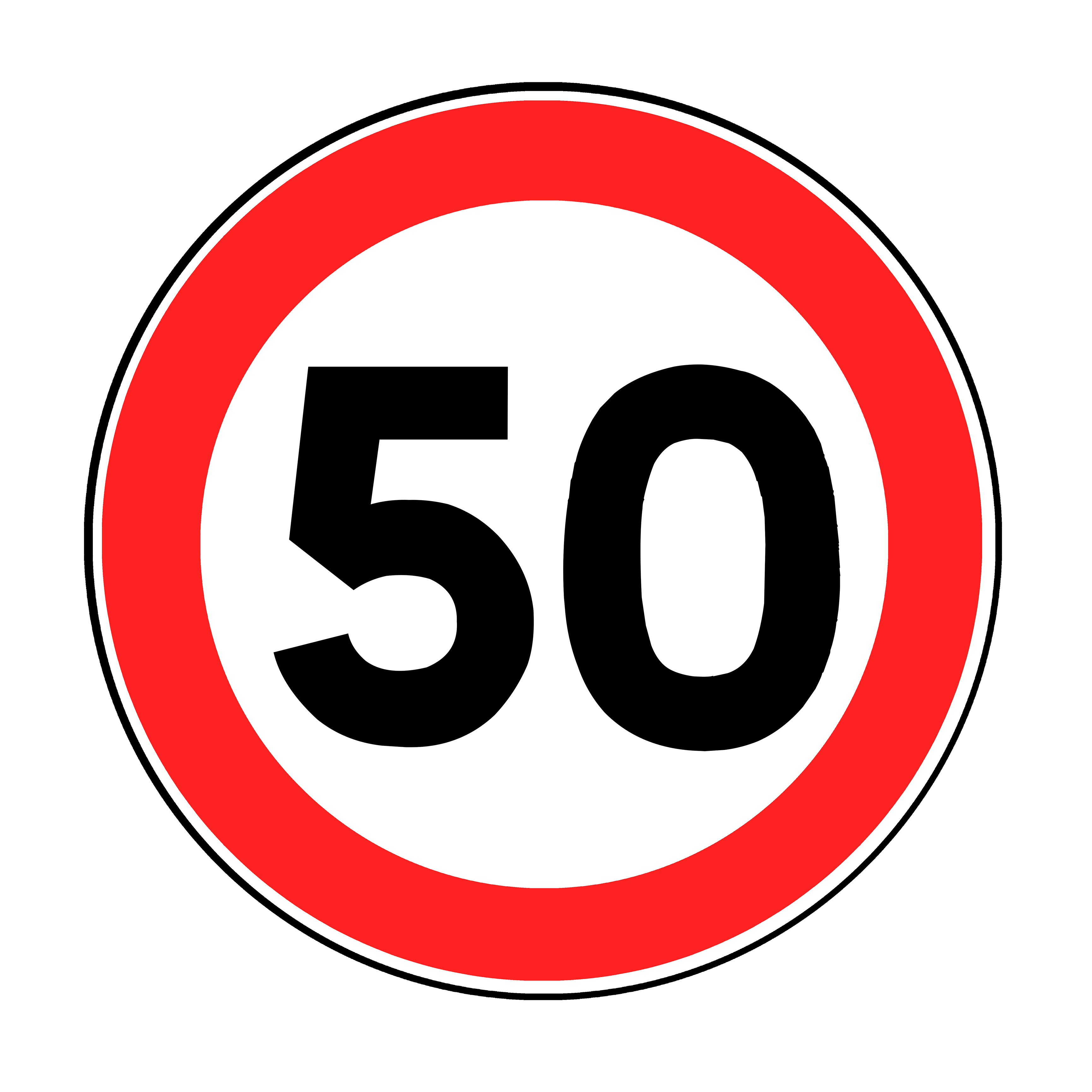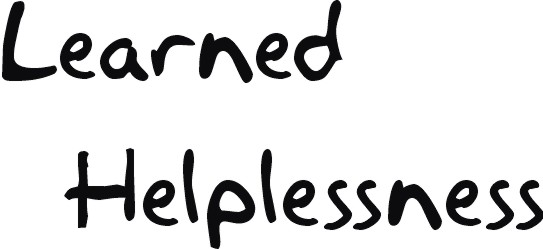 If you have heard Dr. Martin Seligman speak recently, you may have been shocked to hear that he’s completely overturned his classic thinking about learned helplessness. Marty and Steve Maier have co-authored an article titled “Learned helplessness at fifty: Insights from neuroscience” published in Psychological Review. Excerpts are below, as borrowed from the Ken Pope listserv:
If you have heard Dr. Martin Seligman speak recently, you may have been shocked to hear that he’s completely overturned his classic thinking about learned helplessness. Marty and Steve Maier have co-authored an article titled “Learned helplessness at fifty: Insights from neuroscience” published in Psychological Review. Excerpts are below, as borrowed from the Ken Pope listserv:
The July issue of *Psychological Review* includes an article: “Learned Helplessness at Fifty: Insights From Neuroscience.”
PLEASE NOTE: As usual, we’ll include both the author’s email address (for requesting electronic reprints) and a link to the complete article at the end below.
The authors are Steven F. Maier, Martin E. P. Seligman.
Here’s an excerpt: “Although there is a long history of research investigating the controllability dimension in humans, studies using methods that allow the measurement of neural activity are quite recent and few in number. A number of studies employing painful stimuli have found that providing control, or inducing perceived control, reduces the experienced intensity of the painful stimulus. Moreover, perceived control in these pain studies increases ventromedial prefrontal cortex activity (Salomons, Johnstone, Backonja, & Davidson, 2004). In the only relevant triadic design of which we are aware, Kerr, McLaren, Mathy, and Nitschke (2012) used exposure to snake videos to subjects with snake phobias. Each trial began with an anticipation period of variable duration in which a cue signaled that a snake video or a neutral fish video might follow. A second cue indicated whether the subject would or would not have control over whether the video would occur on that trial. After a variable period of time a target then occurred and the subject was instructed to press it as rapidly as possible. The video or a fixation point then appeared. On a controllable trial subjects were told that if they responded fast enough the fixation point rather than the video would appear, but if they were too slow they would see the video. On uncontrollable trials the subjects were told that no matter of how quickly they pressed, the video and the fixation point would each occur half the time, but subjects were asked to press as fast as possible anyway. However, the speed required on controllable trials was adjusted so that the subjects succeeded about half the time in avoiding the video, and so the actual frequencies on the uncontrollable trials was equated to this frequency. Thus, the controllable and uncontrollable trails were exactly yoked, as in animal studies. As expected, perceived control over the snake presentation reduced anticipatory anxiety on snake trials. Importantly, there was one condition that selectively excited ventromedial prefrontal cortex activity–snake controllable trials. Control did not increase ventromedial prefrontal cortex activity on neutral fish trials, even though the subjects pressed. Ventromedial prefrontal cortex activity was higher on controllable snake trials than in any of the other conditions. Finally, there was a negative relationship between ventromedial prefrontal cortex and amygdala activity on snake trials.”
Another excerpt: “Thus, when encountering a threat we envisage the following scenario. First, defensive behavior will be elicited. The aversive event would activate structures such as the dorsal raphe nucleus. This is a cumulative process with 5-HT building over time, and if the transmitter reaches some threshold in target structures, defensive behaviors become inhibited and energy flow is shifted. However, if control is possible this is detected and leads to the inhibition of this process so that active responding can continue. In addition, plasticity is induced in the prelimbic-to dorsal raphe nucleus circuit so that the system is biased to initially react to aversive events as if they are controllable, thereby prolonging the duration of active responding.”
Another excerpt: “This uphill battle about confronting the past is not the province only of psychodynamic therapy, but it is also common in CBT. Reappraisal, in general, reinterprets a past or present bad event. All of the following are other examples of a prima facie past focus (see Dobson, 2010 for details): discussion of postevent processing and attendant rumination; discussion of memory biases like selective filtering (where the patient only attended to a negative part of something that happened and ignored the positive parts); behavior chain analysis (where the patient looks at all the steps that led up to a bad outcome, such as an eating or drinking binge, and considers how those steps set him up to ‘fail’); and functional analyses (determining antecedents, behaviors, & consequences).”
REPRINTS: Martin E. P. Seligman, Department of Psychology, University of Pennsylvania, Positive Psychology Center, 3701 Market Street, Philadelphia, PA 19104; Email: Seligman@psych.upenn.edu
Thanks to Lisa Sansom for reporting.

